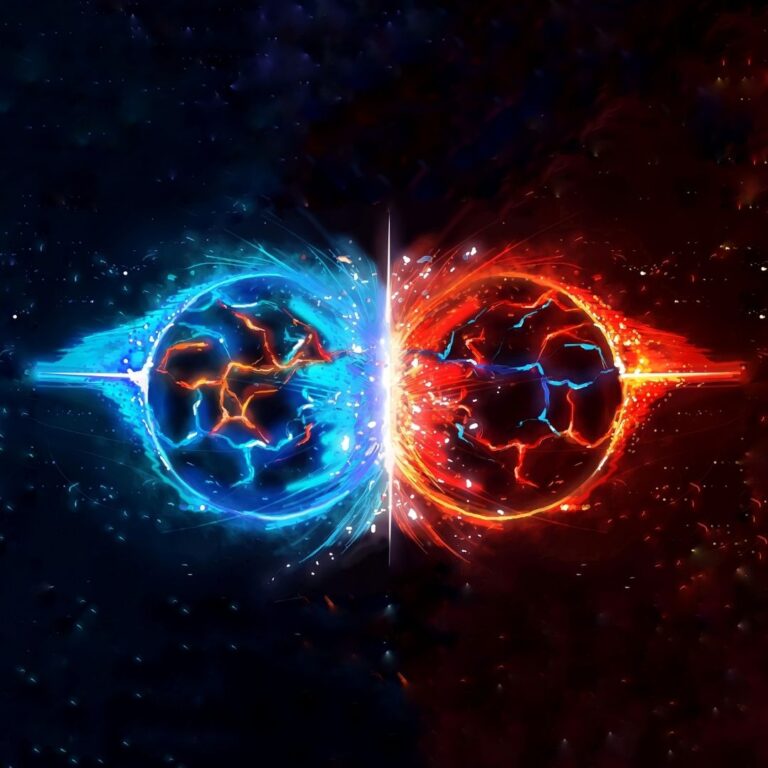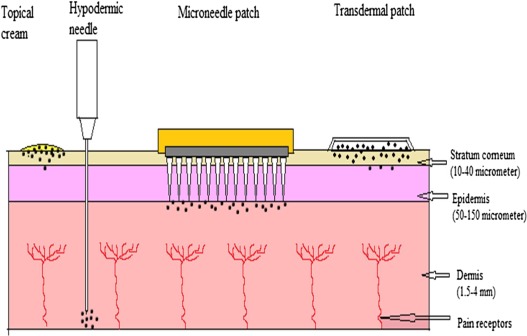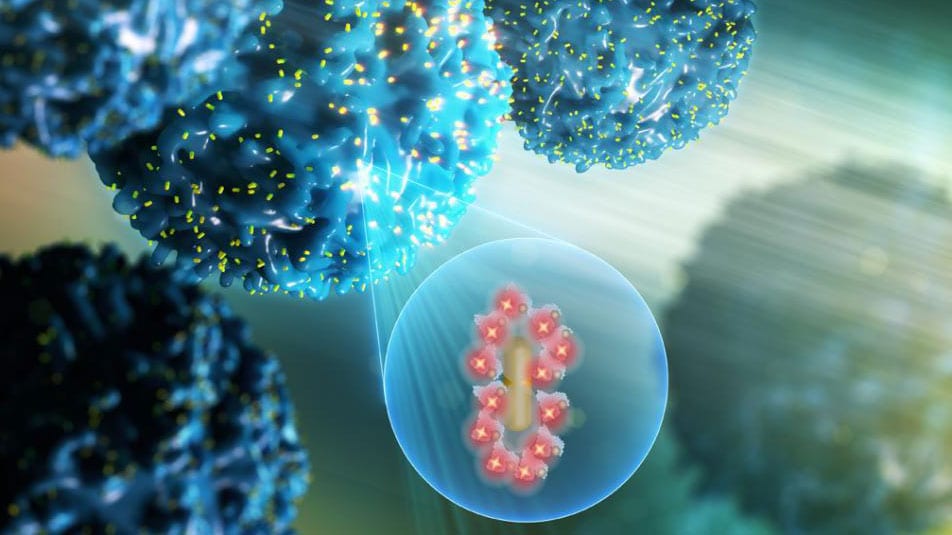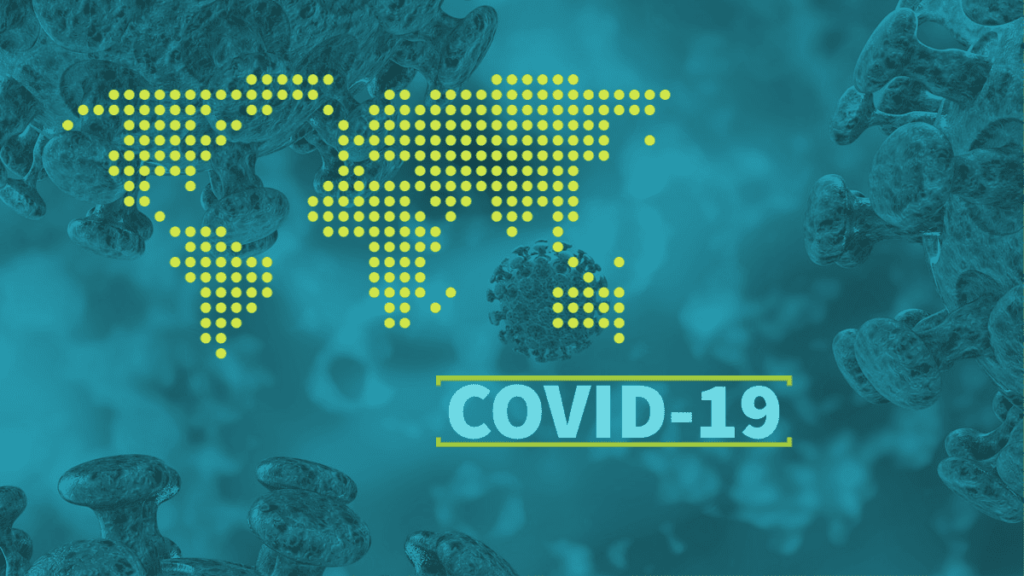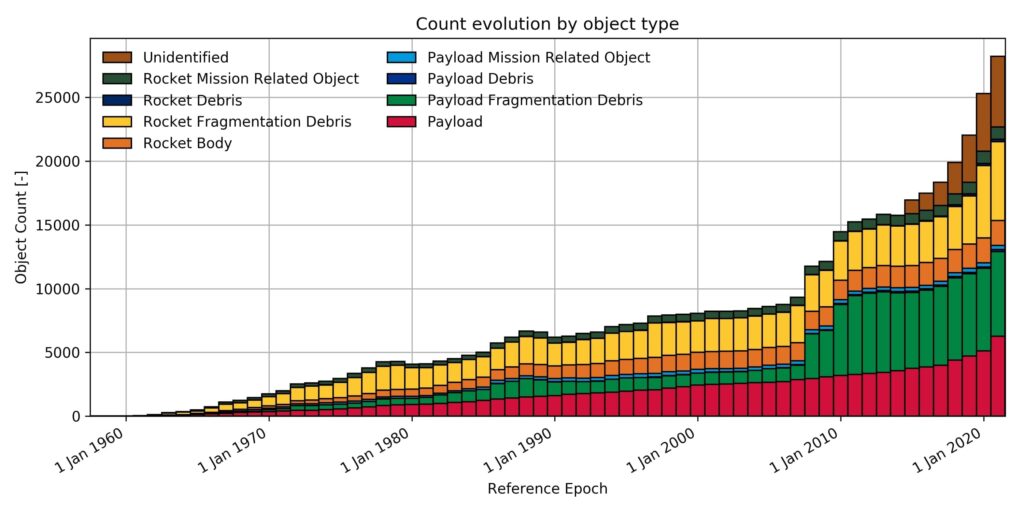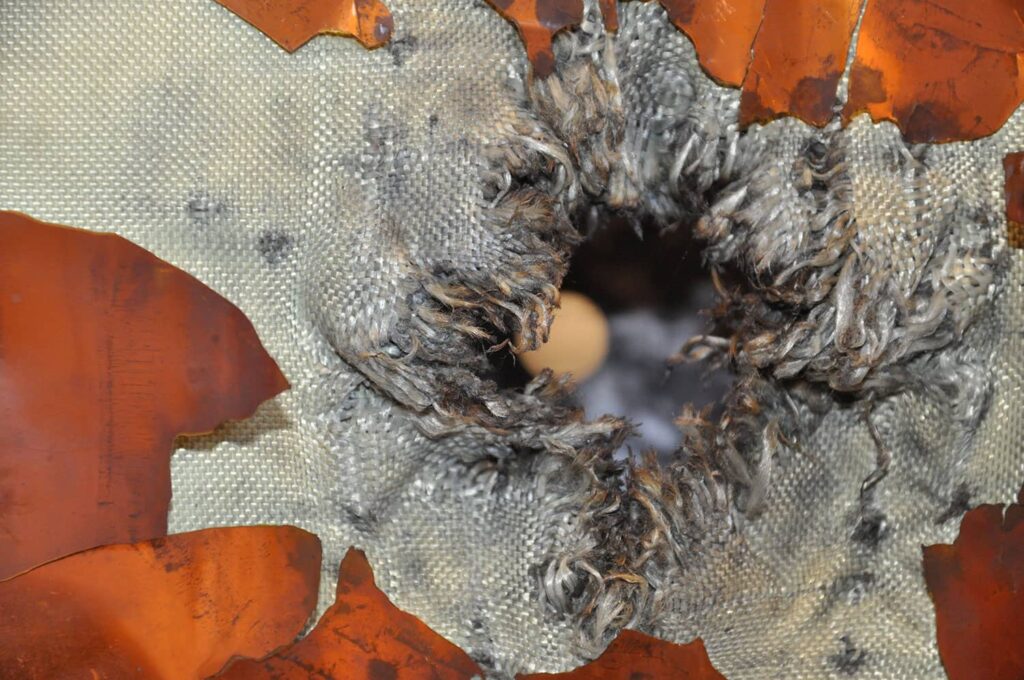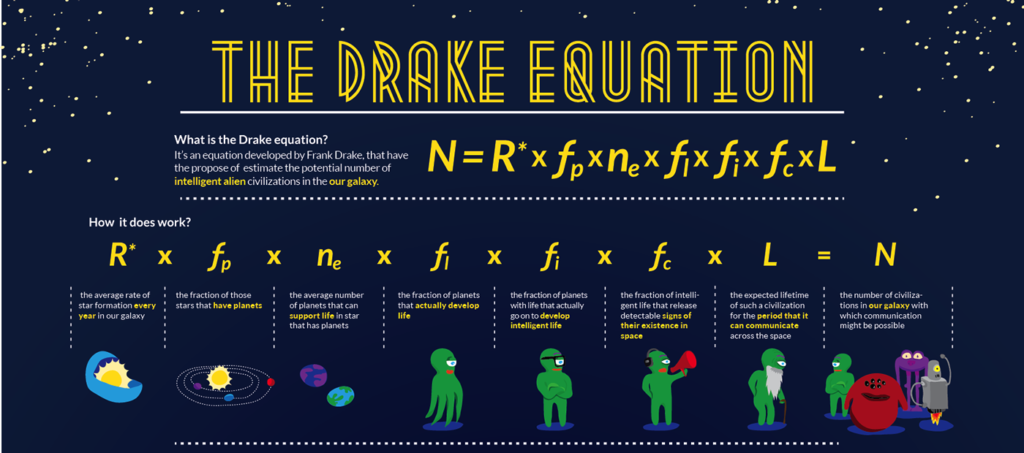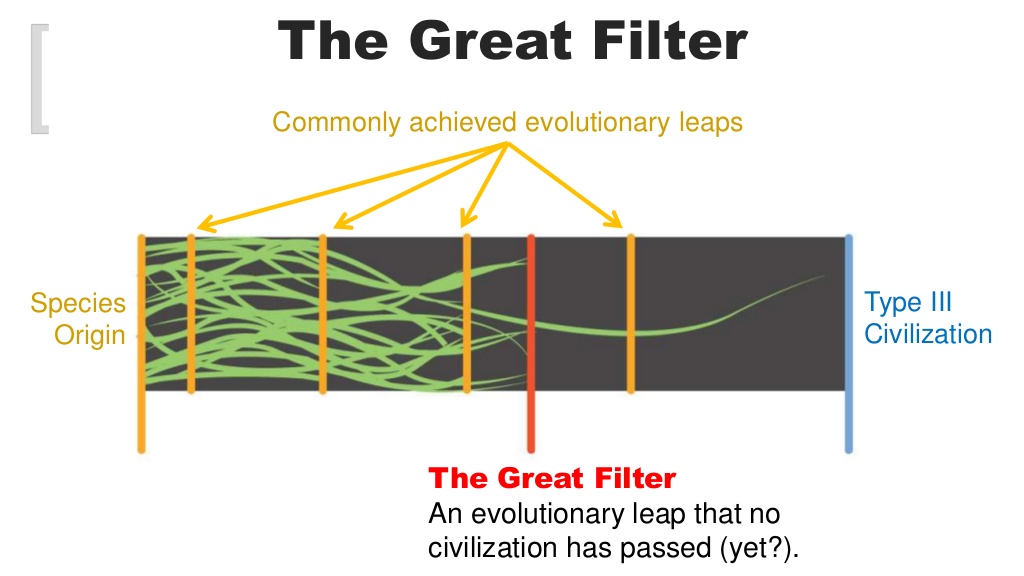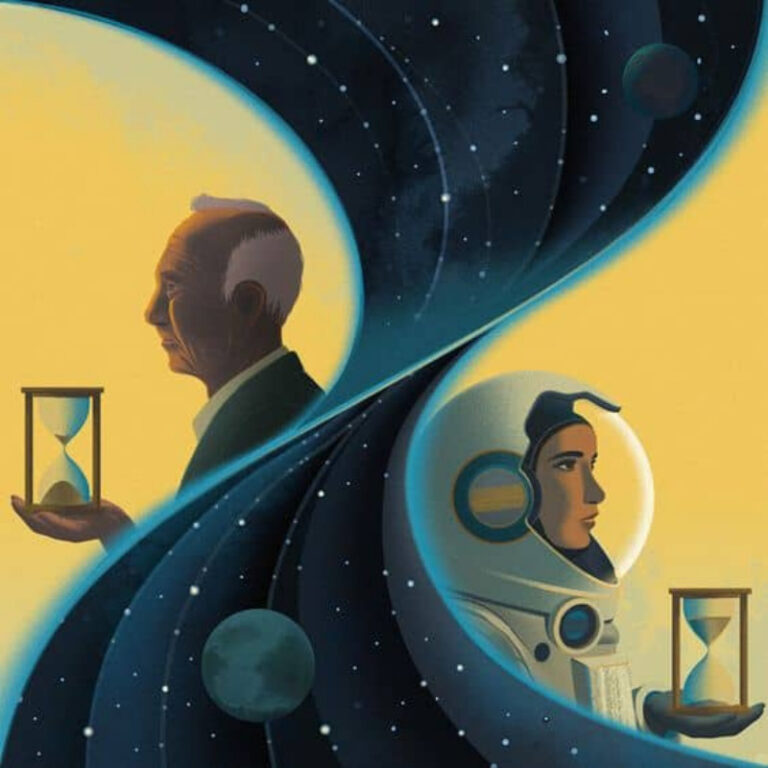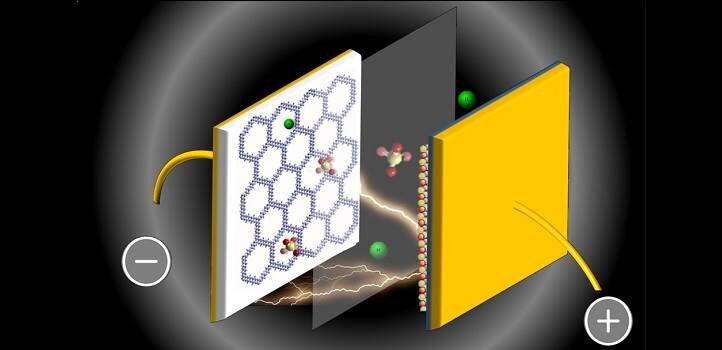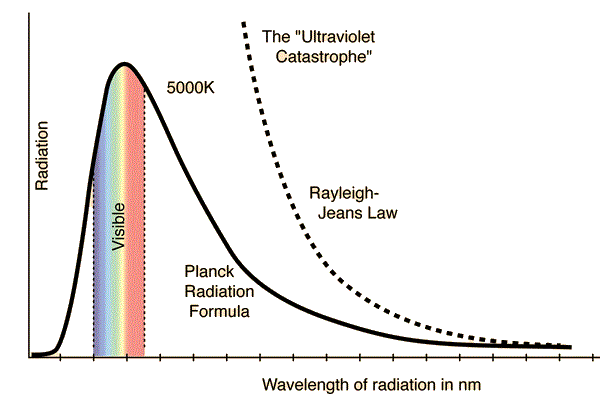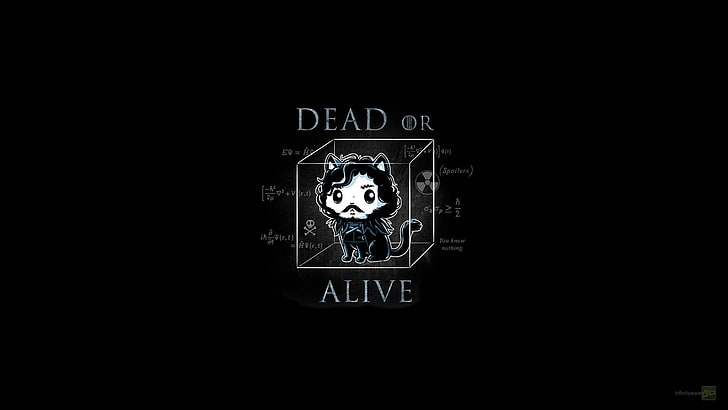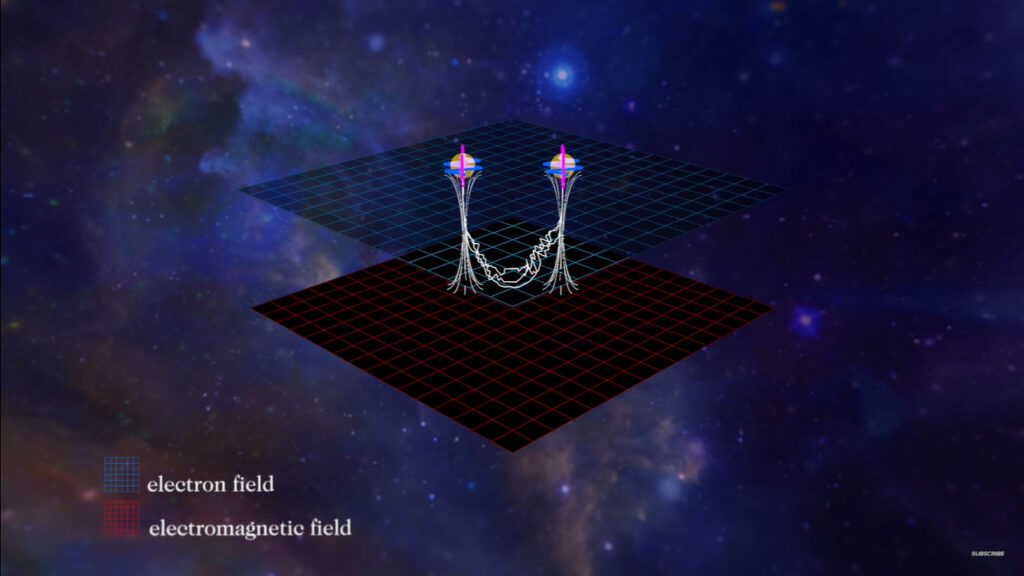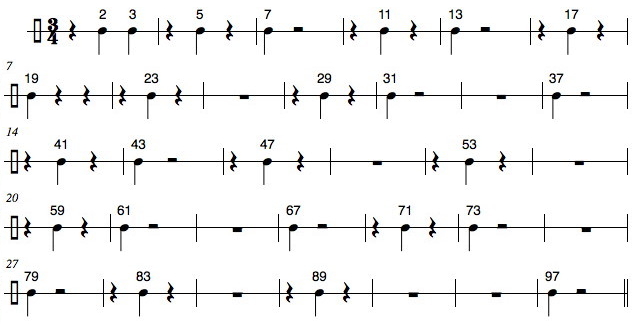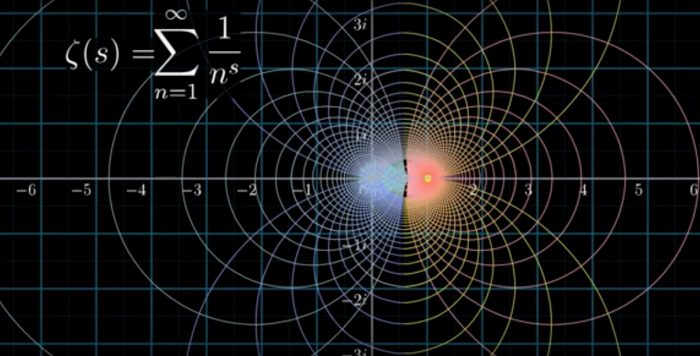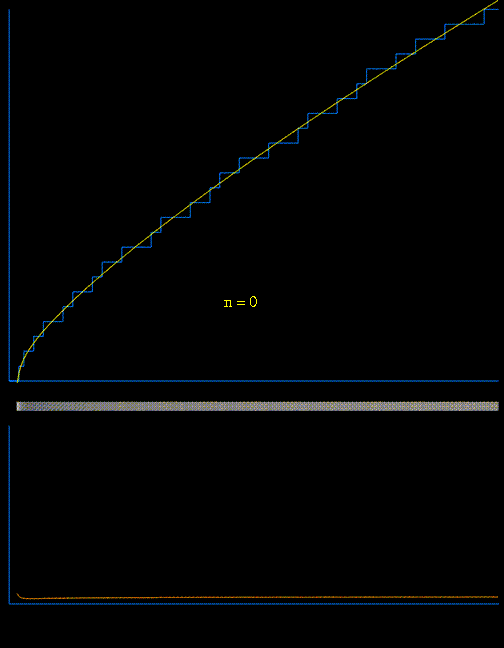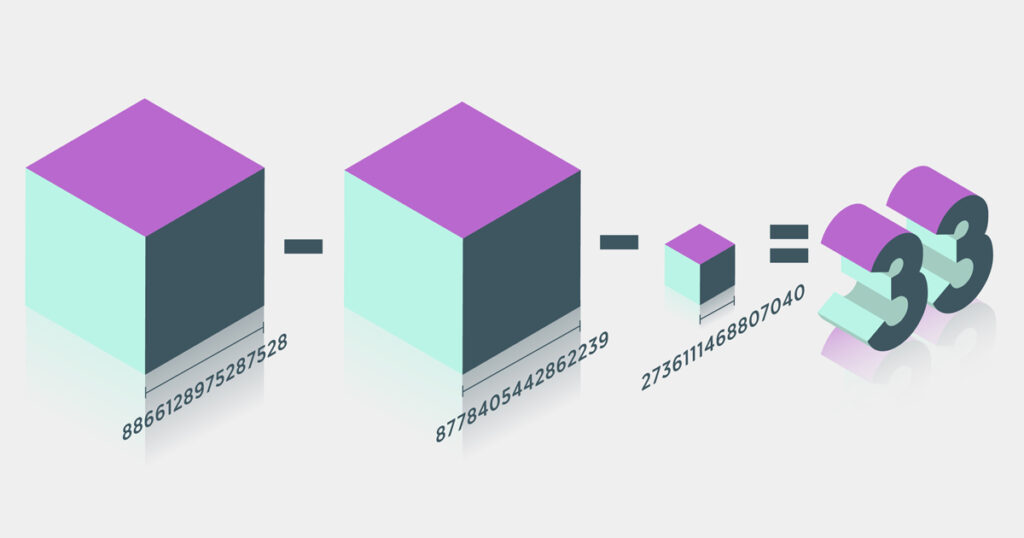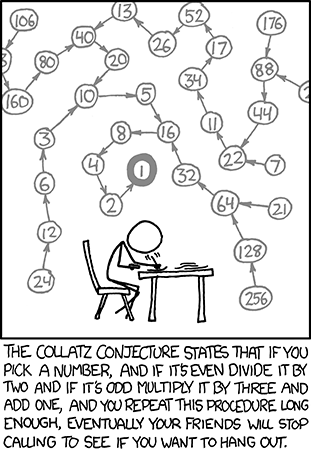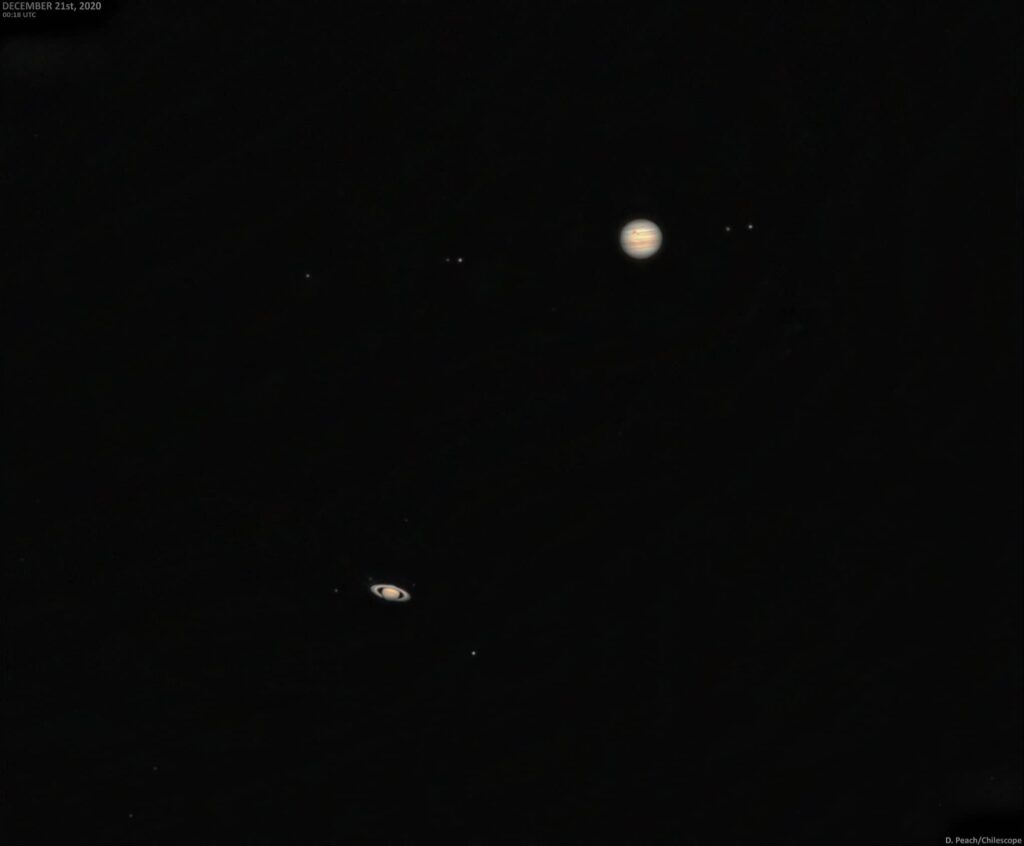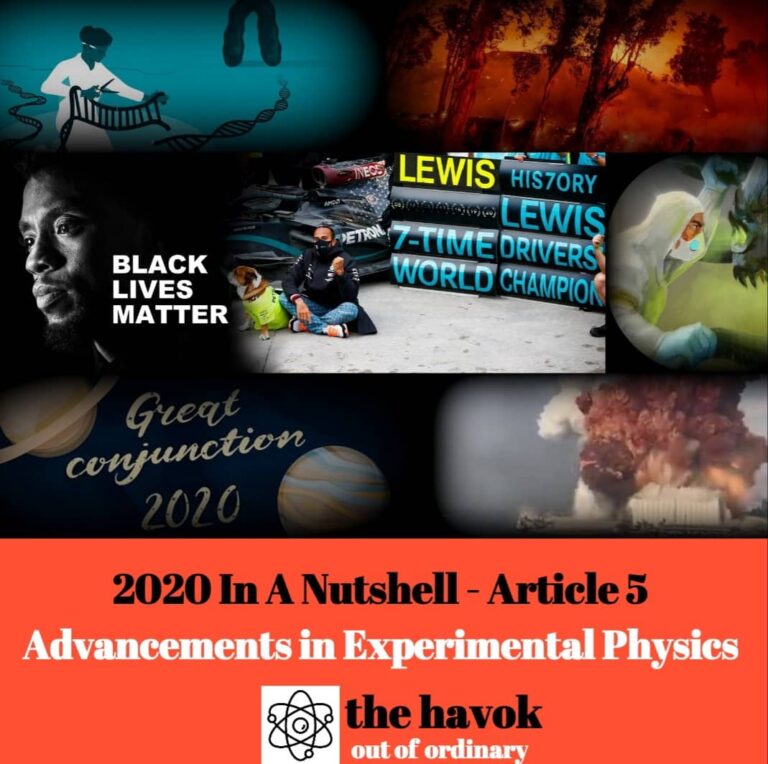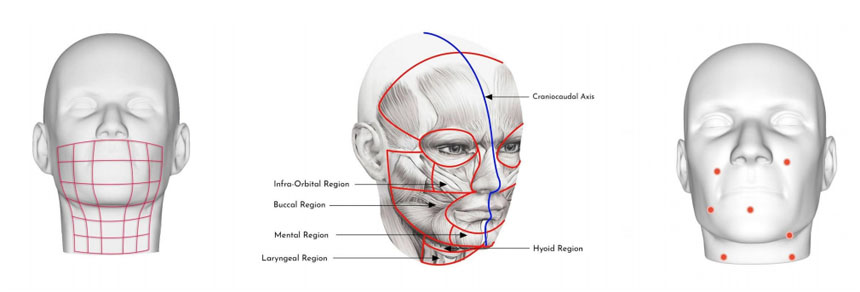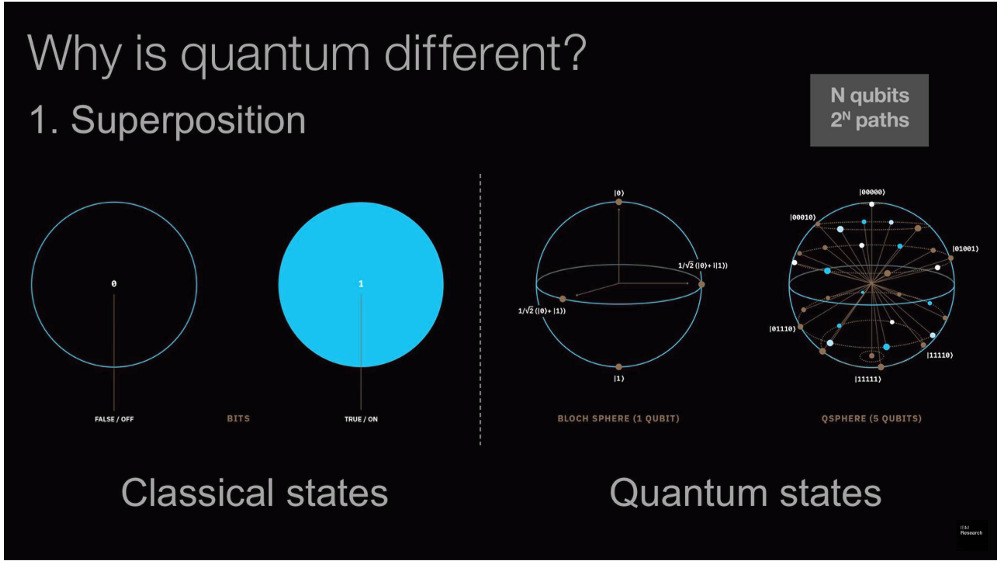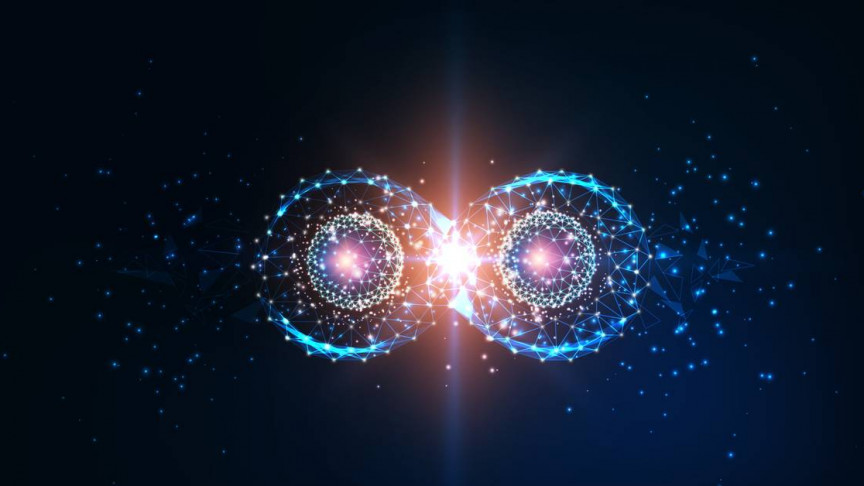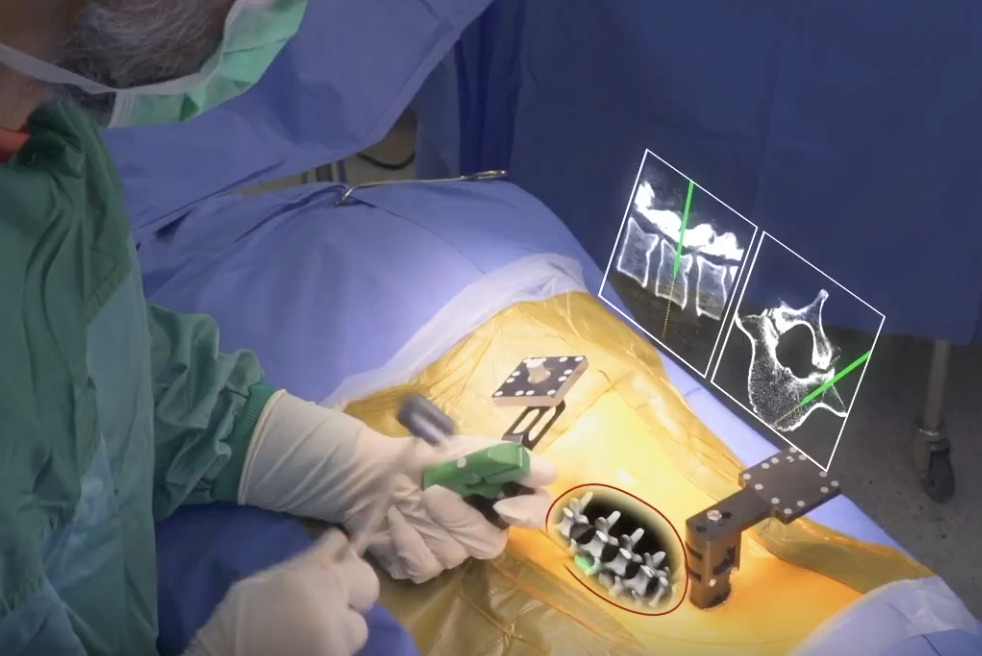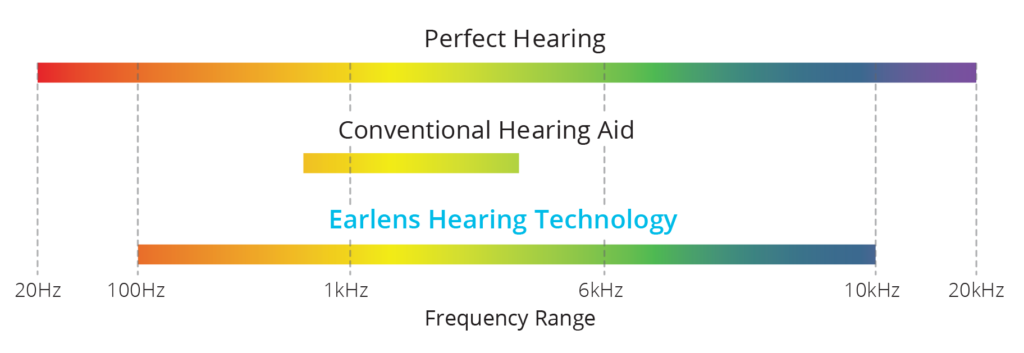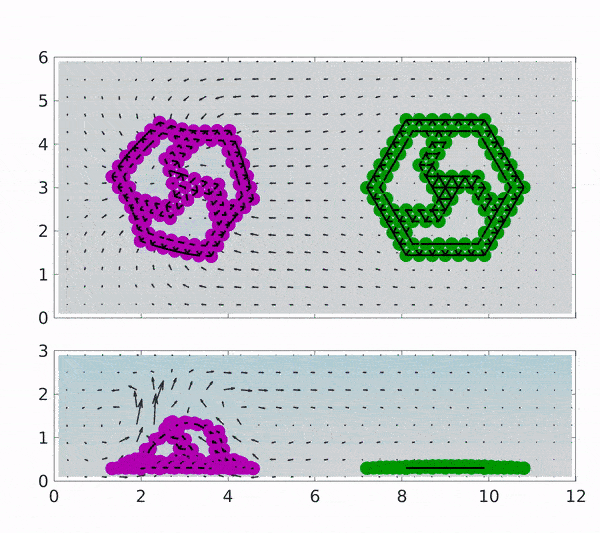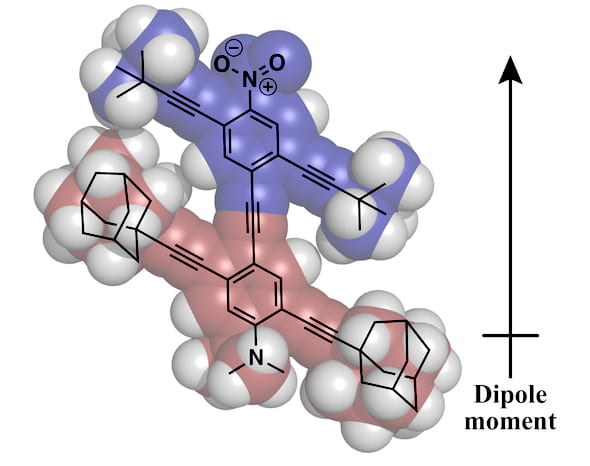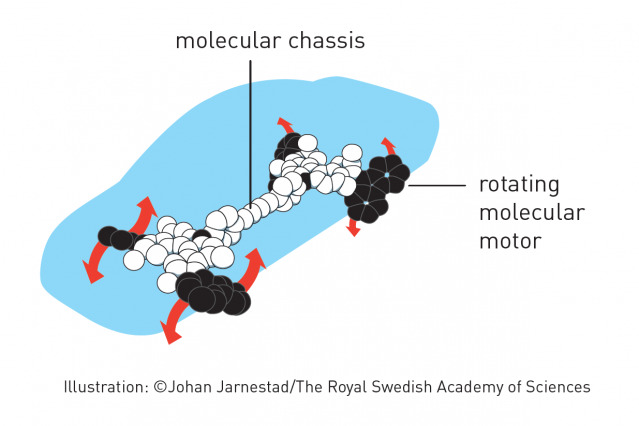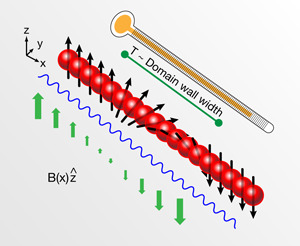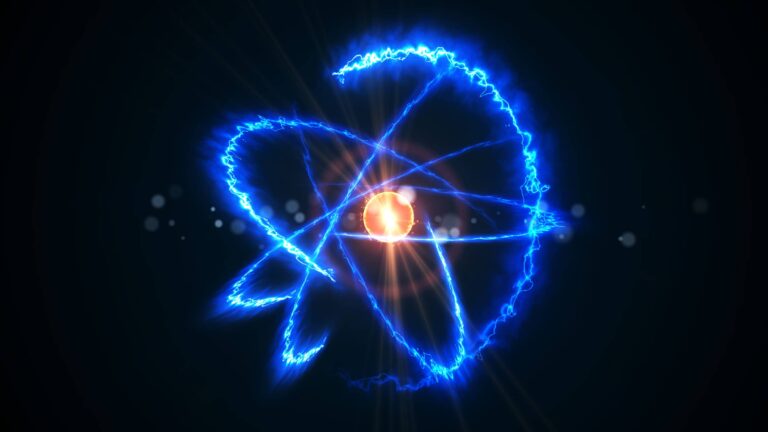Upon hearing the word antimatter, images of some sci-fi movies or webseries pops up into our head. But the concept of antimatter is a fact and is very important for the existence of this very universe, even from the viewpoint of particle physics. It’s a mysterious entity in our universe, and we know very little about it. It has existed since the creation of the universe, the Big Bang, even so, why is it that we know very less about it than any other “Matter” is a very important question.
Let’s start with something we know about, i.e. Matter.
The universe was formed billions of years ago in a “Big Bang” which was neither big nor was there a bang. Just after the big bang, the universe was filled with fundamental particles. In the first few fractions of a second, these particles combined and we had protons and neutrons. In the next 300 thousand years or so, the first atom was formed. And after the first 14 billion years, we were formed, asking how all of this happened.
That part of the question can be easily answered today. Just by looking, observing, following patterns, sending probes to the far away to look more, we can answer this question satisfactorily. This exactly is the Astrophysics branch of study. But if we want to know the mechanism behind it, the journey from the big bang to now, that can be explained only by particle physics.
Particle physics says that all the matter in the universe is made up of 6 quarks and 6 leptons. They are tiny particles, i.e they are very small, as small compared to atoms, as atoms are to us. But, that is not all of it. There are bosons to hold these particles together.
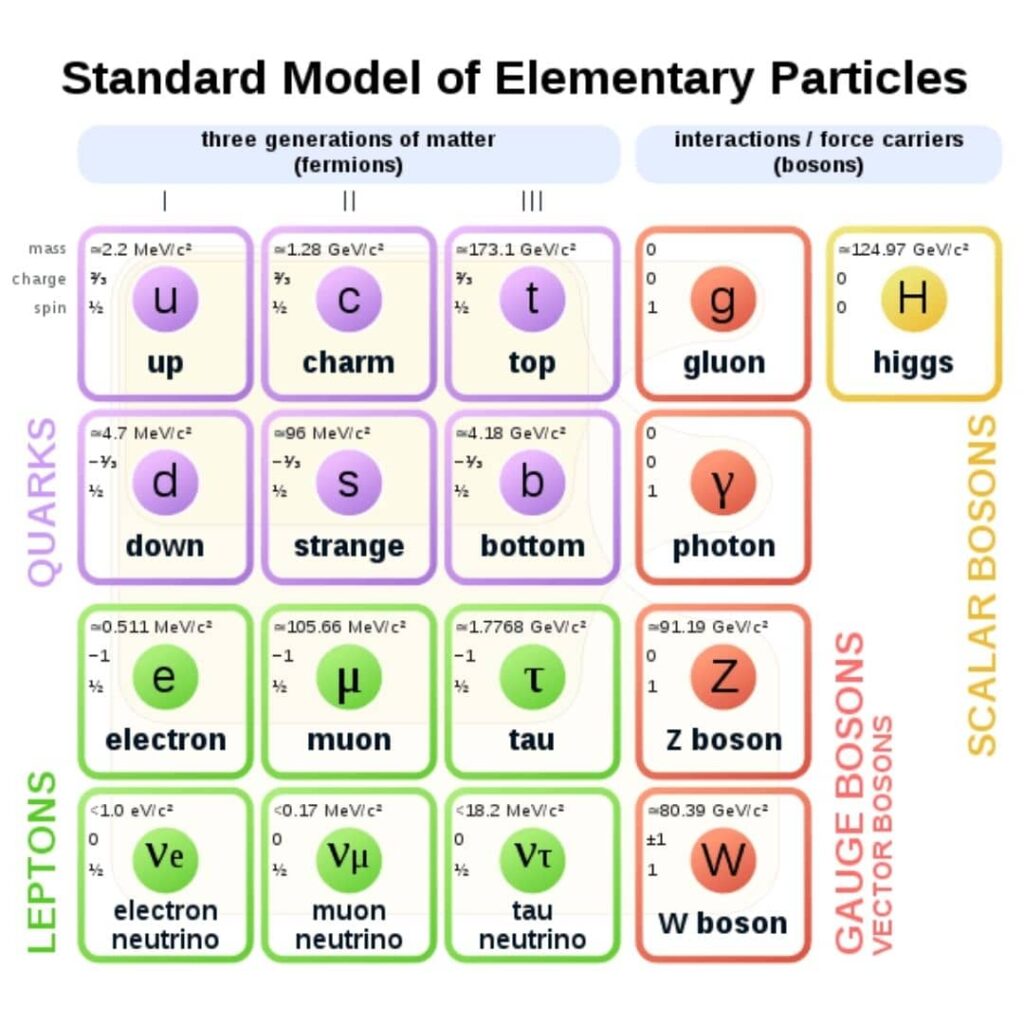
Thus the jigsaw of the universe is completed. This picture can also be expressed mathematically, which is so elegant that it can be expressed on a t-shirt

This beautiful theory is called the standard model.
But that’s only half of the story. Each of the fundamental particles has a twin, i.e. a counterpart who goes by the name “antiparticle”. The thing that we know about them is that when the twins meet, there is a “BANG”, they annihilate each other producing lots of energy.

1 quarter gram of matter and 1 quarter gram of antimatter can cause a BANG equivalent to 5 kilotons of TNT. But this is such a rare event that it almost never happens.
So, why do we need antimatter?
Classically the motion of an electron is given by E = mv2 or E = mgh. All these equations give the solution for the electron and there is no need for any other solutions.
But some advances in physics suggested that the classical theory is not the complete picture. This view was developed since Einstein, who suggested that the motion of electron diverged from the previous equations when they are going very fast. This was the beginning of relativistic physics. On the other side, quantum mechanics was being developed which showed that classical physics was entirely wrong when we go to a smaller and smaller length scale.
One of the physicists, Paul Dirac, tried to unify the special relativity and the quantum mechanics to describe the bigger picture of the motion of the electron. He succeeded in doing so and gave the equation
The equation was very elegant and beautiful and equally true. It did explain the motion of electrons at higher speeds and lower scales. But there was one catch to this: the equation gave two sets of solutions. One was the electron with its usual negative charge and the other was a particle exactly the same as an electron, except for a positive charge instead of negative charge (now called the positron).
Many scientists discarded the other set of solutions claiming it to be wrong. Some went further to say that the quantum theory itself is not mature enough to describe the universe. But Dirac wrote the equation himself and said that the second part of the solution had to be true. The debate went on for years, until Carl Anderson, who was doing an experiment on cosmic rays, found the particle described by the second half of the solution. He had a cloud chamber, which was filled with saturated liquid.
Whenever a charged particle passed through it, it formed a vapour trail. The particle’s path can be controlled by applying magnetic and electric fields, i.e it could be bent left or right with a magnetic field depending on the charge being positive or negative.

In one such experiment, he found the trail of a particle exactly similar to the electron, except that it bent in the opposite direction, i.e. it had a positive charge. This was the very particle Dirac was looking for. The counterpart of the electron was found. SInce 1932, we have accepted that “antiparticles” corresponding to each fundamental particle do exist.
Why is it interesting?
Antiparticles are interesting because they have a huge implication to the early universe. At the time of big bang, along with the matter we see today, antimatter is also supposed to have existed. If the early universe was an equal distribution of matter and antimatter, then in a few seconds, matter and antimatter should have started annihilating and creating BANGS everywhere producing light (not necessarily in the visible region). Eventually, the universe should have expanded and cooled until everything had annihilated and nothing existed.
Today whenever we look, what we see is the consequence of a very tiny difference in the equal distribution, the difference of about one in a billion parts. This imbalance is the reason why we are here. If the matter and antimatter were equal in amount, the universe would be full of light. So we should take antimatter seriously.
How do we have more matter?
This tiny difference of matter and antimatter is what we call “CP Violation”, where C refers to charge and P stands for parity. According to Dirac’s theory, antimatter is related to matter by CP transformation, i.e opposite charge and parity.
Dirac’s theory predicted a symmetry between the behavior of particles and antiparticles, but this is not always true. There is CP violation, and as a result of this violation life exists. So the symmetry we thought should exist is violated, as a result of which there is an imbalance between matter and antimatter. But we do not know the answer to why there is such a violation.
So, if we were to summarize what we know about antimatter, it would look something like this.
This is “not” a lot. That is because there is no underlying explanation for the existence of antimatter.
But that doesn’t mean that the case is closed, or nothing can be done about this. This is where experimentalists stand out higher than the theorists. In particle physics, there is a parameterization of this difference. What we can do is perform lots of experiments and with the help of the data, we can try to fix the theory. If the experiment doesn’t match with the theory, we can modify the theory. It does not explain the mechanism, but at least it works. Experimental physicists some up with new and better ways to dig into the world of antimatter day by day.


